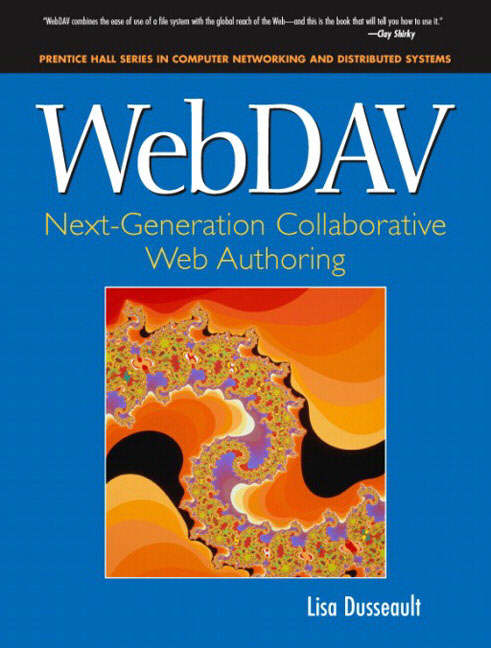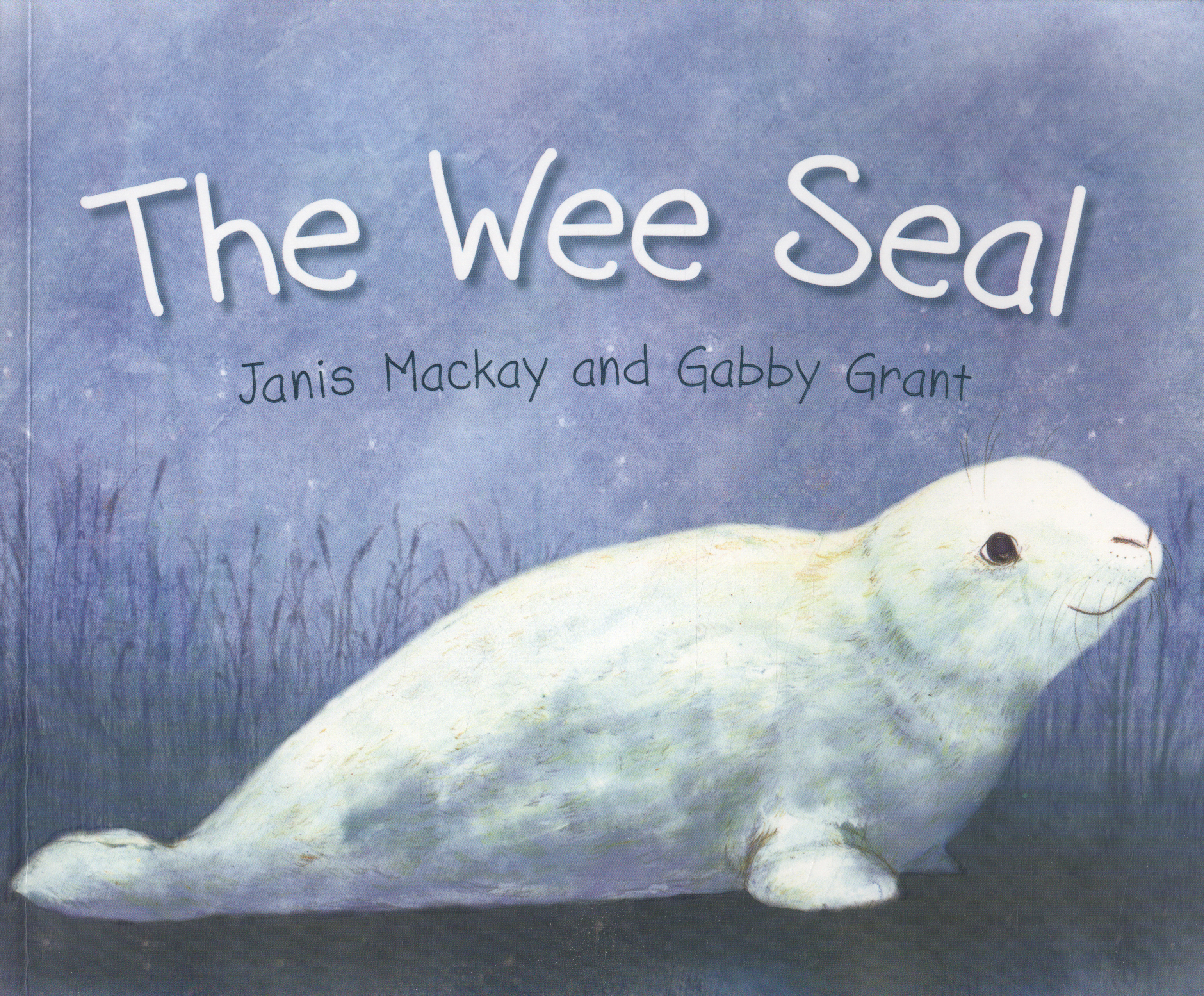Resources
Web.Py Framework
This activity demonstrates how a Raspberry Pi running Python can interact with other devices in the browser. Using the web.py framework, web forms can be served to mobile phones, tablets etc, and accept input which is fed into the Python script. The project helps students to see how web servers work, and how...

WebDAV: Next-Generation Collaborative Web Authoring is the complete guide to Web-based Distributed Authoring and Versioning (WebDAV), the IETF standard for Web authoring and wide area collaboration.
Coverage...
This item is one of over 25,000 physical resources available from the Resources Collection. The Archive Collection covers over 50 years of curriculum development in the STEM subjects. The Contemporary Collection includes the latest publications from UK educational publishers.
Wedged triangles
In this resource students are given an image of a reciprocal curve, y=k/x. Two tangents to the curve are used, together with the coordinate axes, to form an 'arrow head' quadrilateral under the curve. The challenge is to determine the area of the quadrilateral.
The first step towards solving the problem...

Jamie has been watching the wee white seal that lives on the beach. At night the wee seal cuddles up to its mother. In the morning she goes out to sea and leaves it alone like a strange white stone on the sand.
...This item is one of over 25,000 physical resources available from the Resources Collection. The Archive Collection covers over 50 years of curriculum development in the STEM subjects. The Contemporary Collection includes all the latest publications from UK educational publishers.
This is the pupil's workbook on weight and length, which is part of Module 1 of the Cambridge Primary Mathematics course. This book can be used at any stage during the course.
This picture book is concerned with weight and shape. The first point of the book is concerned with the child's understanding of the quality of weight and the comparison of weight. The second point deals with shape words.
Weight of cups
A set of weighting scales is shown with a stack of cups on the scale. The cups are removed one by one in a fluid movement. The task is to graph the weight on the scales against time.
Weight of cups video
Weight of stack 1
A stack of cups is shown. Cups are added to the stack. Part way through a different style of cups is added, before the cups revert to the original style. The challenge is to graph the weight of the stack of cups against time.
Weight of stack 1 video
